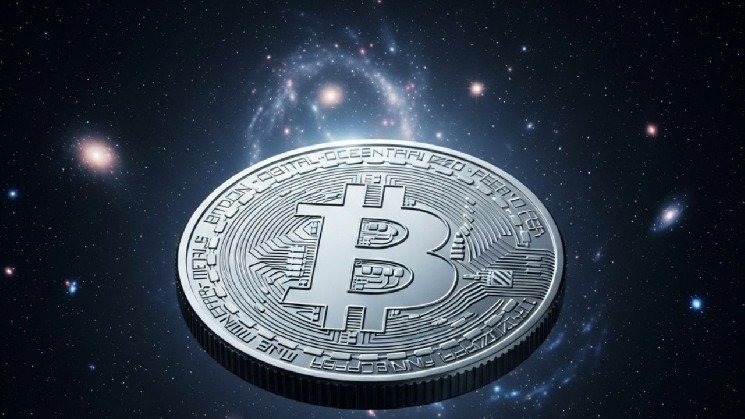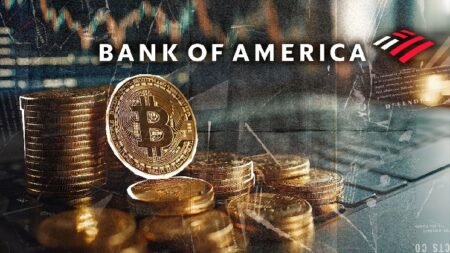Bank of America now places bitcoin among the most disruptive forces in a millennium, signaling Wall Street’s awakening to its historic role in reshaping global financial power.
1,000 Years of Disruption: Bank of America Ranks Bitcoin Among Humanity’s Greatest Innovations
Bank of America (BofA) Global Research released a long-term chart outlining 1,000 years of technological disruption, highlighting bitcoin as one of the most consequential innovations in recent history. The chart, derived from BofA Global Investment Strategy and Global Financial Data, tracks key breakthroughs—from the printing press to quantum computing—and maps them against global population growth. Bitcoin appears near the steepest part of the curve, signifying its impact during a time of rapid technological acceleration.
Among a dense cluster of 21st-century developments, bitcoin stands out for its challenge to traditional financial systems. Since its inception, bitcoin has introduced a decentralized alternative to government-issued currencies and sparked a rapidly growing digital asset industry. Placed alongside the World Wide Web, microprocessor, and electric vehicles, bitcoin is framed as a systemic innovation—not merely a speculative asset. Its ability to facilitate peer-to-peer value exchange without intermediaries positions it as a foundational shift in monetary architecture.
While Bank of America has not yet enabled direct bitcoin purchases through its platform, CEO Brian Moynihan has indicated that the banking institution is ready to incorporate cryptocurrency payments into its services once regulations are clarified to ensure safety and legitimacy. At the World Economic Forum in January, the executive stated:
If the rules come in and make it a real thing that you can actually do business with, you’ll find that the banking system will come in hard on the transactional side of it.
These efforts mirror a broader institutional pivot toward digital assets, bolstered by a pro-crypto regulatory environment under the Trump administration.
Read the full article here










